Strategic Vision of Yemen [Archives:2000/46/Law & Diplomacy]
Yasser M. Ahmed
Yemen Times
Yemen is considered one of the twenty poorest countries that have low levels of growth and gross national product (GNP) despite the passing of three decades since it started its economic reform.
In 1999, the gross national product was 6.144 million dollars while population was 17.7 million which means an annual income of 347 dollars per capita ( less than one dollar for each person per day which represents the international poverty line) and also representing 6.7% of the international average of 5.130 dollars.
With this brief introduction “the strategic view of Yemen 2025” seminar started in the consultative council in cooperation with the ministry of planning and growth. Many specialists and university teachers took part in this seminar in which they presented papers diagnosing problems facing Yemenis in addition to the challenges for development like the high birth rate and the vast immigration of people from the country to large cities suffering from unemployment, poverty and water shortage. Level of education in Yemen has declined drastically where ignorant people represent 56% of the population of which 76% are females and 37% are males. Students graduating or leaving schools before graduation are almost ignorant or, most cases, half educated. Even those graduating from universities cannot practice what the were taught.
Health service doesn’t cover more than 40% of the population and those who are mostly affected by poor health services are women and children.
The biggest challenge is the water shortage. Yemen is considered one of the poorest in water resources where the individual share is not more than 146 cubic meters per year while water poverty line is 1555cubic meters for irrigation and 155 cubic meter for other uses. Those who benefit from water network are about 82% in the cities and this percentage go as low as 12% in rural areas.
All suggestions made to adjust economic and social development aimed at raising the income of the individual within the next 25 years to 1800 – 2200 dollars. This goal is associated with varying resources of the gross domestic product (GDP) instead of relying almost totally on producing oil and gas which represent about 31% of the gross domestic product. This economical growth is strongly associated with developing social, intellectual and political structure.
Here, the needs for strategic vision become obvious in:
– demographic sector,
– social sector,
– health sector, which requires increasing the numbers of doctors and nurses from 3800 and 7306 respectively to 35000 and 105000 in the year 2025,
– teaching and training fields: it is expected to have 8400 schools built within the next 25 years with a total approximate cost of 840 million American dollars( 100 thousand dollars for a nine classroom school),
– manpower and labor market,
– sector of culture: Yemen has a big and varied cultural heritage deeply rooted in the history like the civilizations of Saba’a , Maeen and Himiar.
All papers stressed maintaining the Yemeni historic and cultural heritage, consolidating the Yemeni identity of the next generations and eliminating the wide spread habit of revenge among people,
– political sector: Yemeni unity has always been an essential target and worked for by all Yemenis until the dream came true in May 1990 . The last witnessed great political accomplishments like allowing all political parties to work freely for peaceful transfer of power. The presidential elections in 1999 were a good example of the new political trend in Yemen.
Revival of Yemen requires all efforts to enhance accomplishments made and to go ahead with the political democracy into more advanced stages reaching a mature and democratic society.
To achieve those targets, strategic vision should focus on:
– enhancing democratic political practice,
– human rights,
– domestic authority,
– civil community,
– traditions of political practice and
– foreign policy.
——
[archive-e:46-v:2000-y:2000-d:2000-11-13-p:./2000/iss46/l&d.htm]


